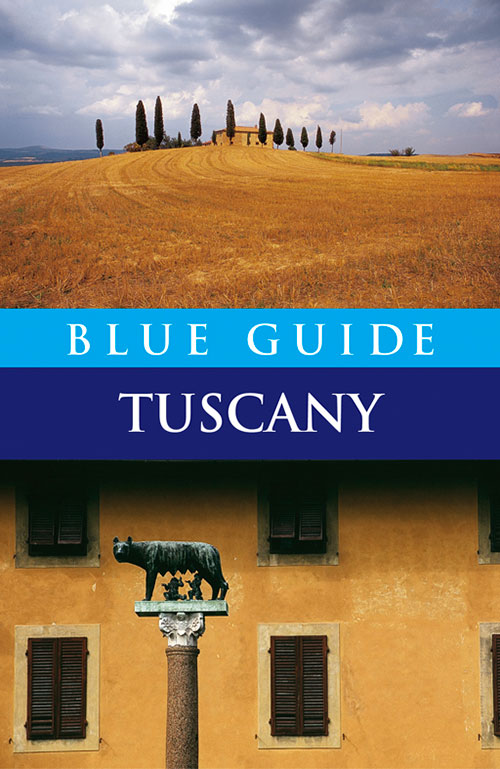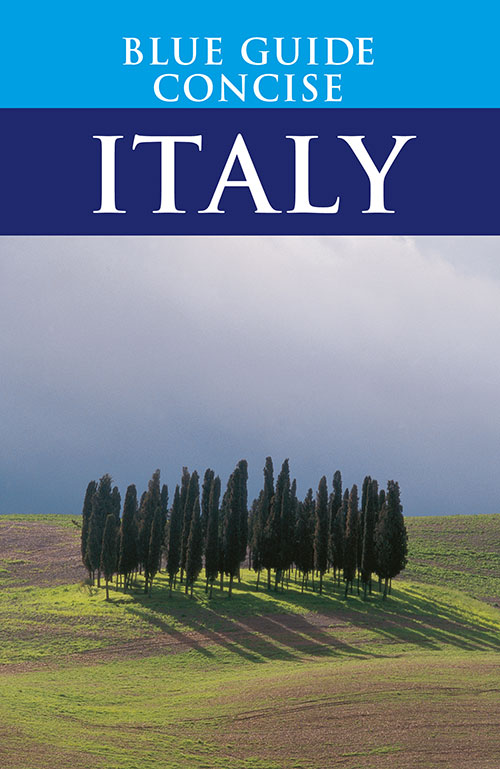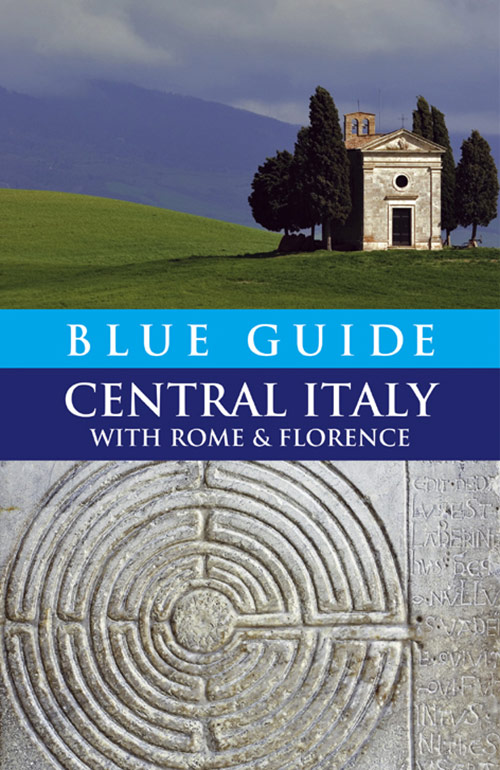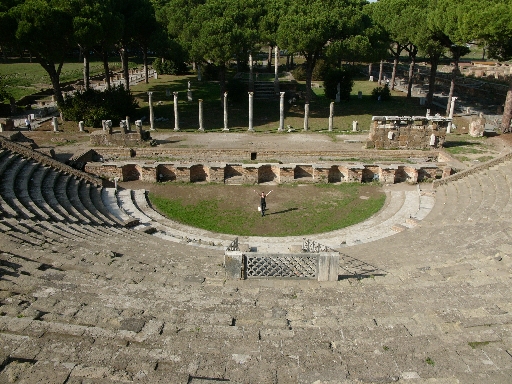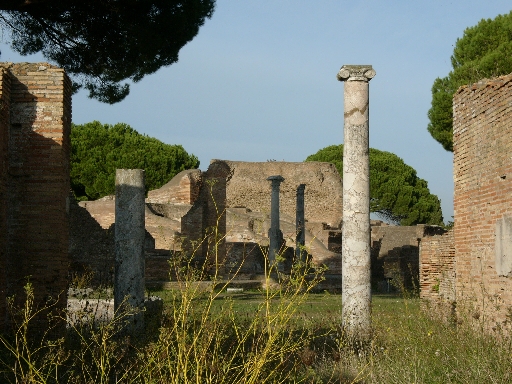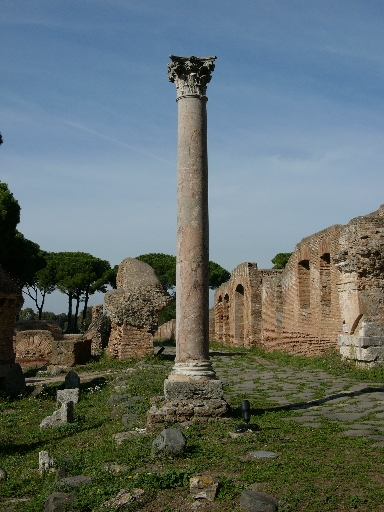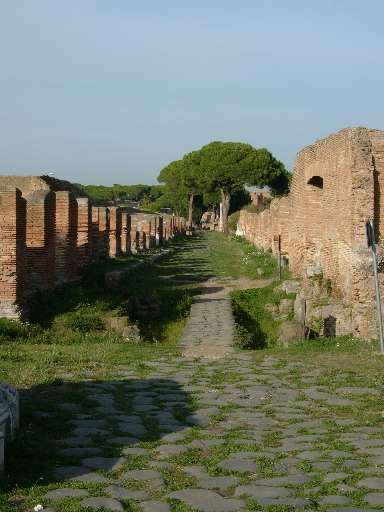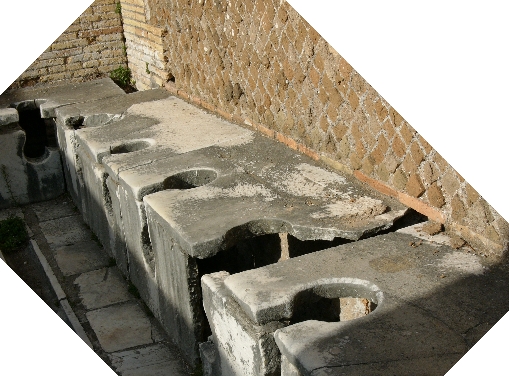4th June–27th November 2011 www.labiennale.org
The Biennale, the world’s leading modern art exhibition, is upon us once again. ‘An exuberant invitation to take part in growth and change’ (Rev John-Henry Bowden, former Chaplain of St George’s, Venice)? Or the emperor’s new clothes?
Well, Jackie Wullschlager , the Financial Times’ influential art critic and no enemy of the new, really doesn’t like British artist Mike Nelson’s installation: it is ‘fatuous, self-regarding art’ and ‘the most vapid show the British pavilion has ever sponsored’. But among the things she does like are the three Tintorettos. Sorry, Tintorettos? Not by any chance by Jacopo Robusti, known as Tintoretto because of his father’s trade of cloth dyeing, with the not very modern dates of 1519–94?
Indeed, the very same. Two of the three paintings are from the Accademia (the Creation of the Animals and the Transport of the Body of St Mark), the third is a Last Supper from the Church of San Giorgio Maggiore ‘painted in the last year of his [Tintoretto’s] life … the last of numerous paintings he produced on this subject, one which had fascinated him all his life … what is memorable above all is the disquieting presence of ethereal spirits and angels which emerge from the dark background, perhaps harbingers of the death of this deeply religious painter’ (quoted from Alta Macadam’s Blue Guide Venice).
But the Biennale’s Chairman, Paolo Baratta, has a simple explanation: the show hasn’t lost faith in the new, Tintoretto’s works are exhibited in the Central Pavilion in the Giardini ‘as a warning to living artists to not indulge in conventions!’ (the exclamation mark is from his press release). And while Curator Bice Curiger maybe protests a little much she is surely right when she says, ‘These paintings by Tintoretto, one of the most experimental artists in the history of Italian art, exert a special appeal today with their almost febrile, ecstatic lighting and a near reckless approach to composition that overturns the well-defined, classical order of the Renaissance. The works will play a prominent role in establishing an artistic, historical and emotional relationship to the local context.’
All excellent, and we at the Blue Guides look forward with enthusiasm to a creeping juxtaposition of great, historical Venetian art alongside the thoroughly modern in the pavilions of the Giardini and halls of the Arsenale at future Biennales.
Reviewed by Thomas Howells
Venice is covered in a number of Blue Guides: there is the main Blue Guide Venice 8th edition, by Alta Macadam, as well as a Blue Guide Literary Companion Venice. And just out, The Venice Lido by Robin Saikia, in the new Blue Guides Travel Monograph series.







